The beautiful Bay of Islands was the cradle of both Maori and European civilization in New Zealand.
The area around Waitangi, was also the birthplace of viticulture. The British Government representative James Busby planted a vineyard near the Treaty House in 1832 and made the first New Zealand wines. Busby went on to establish vineyards in Australia and is honoured there as the ‘Father’ of the Australian wine industry.
Enterprising Croatian settlers set up small-scale vineyards throughout Northland producing fortified wines. The sub-tropical climate is not ideal for growing grapes as it has heavy rainfall, high humidity and warm winters. However, growers have met this challenge, and a resurgence of interest in viticulture in the last decade has seen a raft of rich-flavoured red wines come to light in Northland. Especially promising are the sturdy well-ripened flavours of the Cabernet Sauvignons and Merlots. The warm ripening conditions also suit other varieties and some fine Chardonnays and Sauvignon Blancs are emerging. The Northland vineyards are located on easy slopes and alluvial flats with a range of soil types from sandy/clay to volcanic. A number of wineries have cellar door sales and tastings.
Expansion of the growing areas is continuing, although Northland still remains the smallest wine region in the country. There are a dozen productive wineries located near Kaitaia, Kaikohe, Kerikeri and Russell, as well as Otaika and Matapouri near Whangarei. The Whangarei visitor centre in Tarewa Park at the town’s southern entrance on S.H.1 will give you directions to the wineries. The staff will also give advice on visiting the magnificent Kauri forests, Hokianga Harbour, Ninety Mile Beach, Cape Reinga and the golden beaches of Doubtless Bay and the Bay of Islands.
This is a place you can explore at a leisurely pace, savouring the vintner’s best offerings, complemented by the region’s fresh fruits and local seafood.

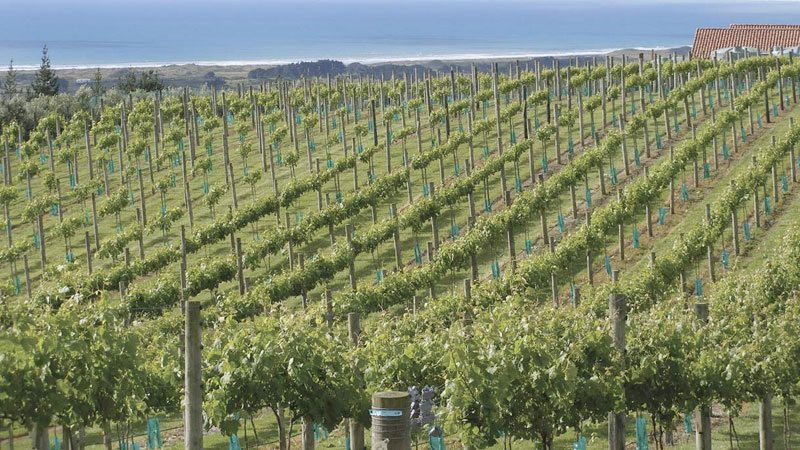
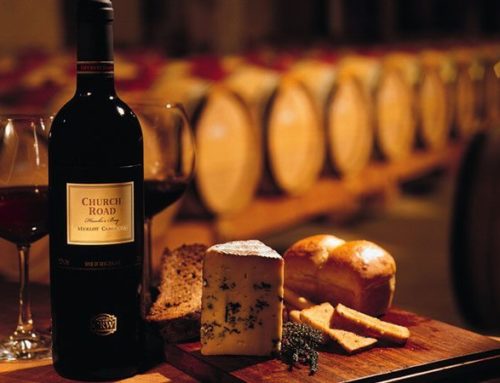
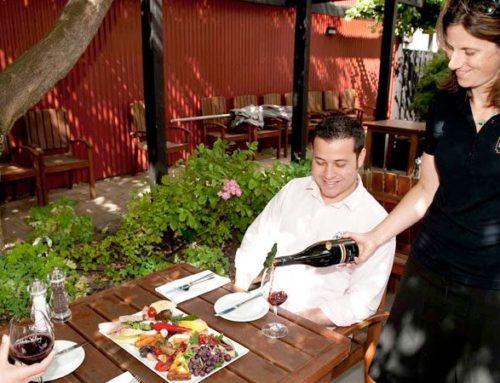
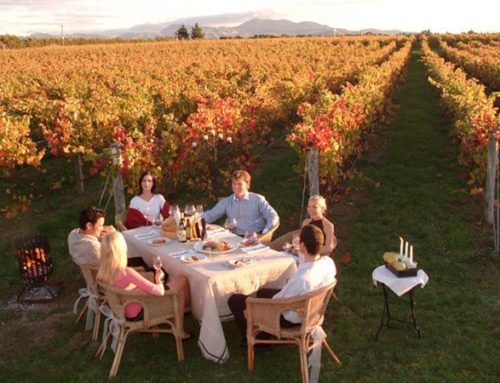
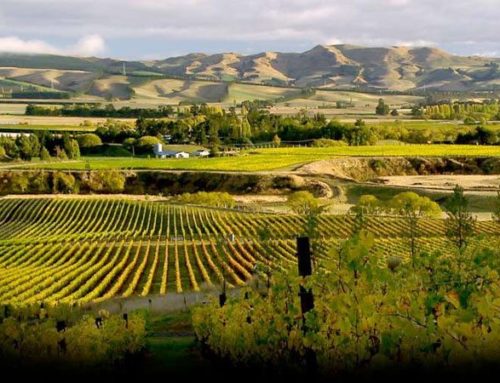
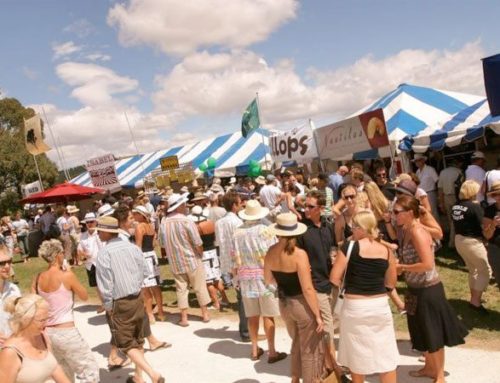
Leave A Comment